Sergey Prokudin-Gorsky
Pioneer in Colour Photography
Today, colour photography is the default, it’s easy, and anyone can do it. But it is only in the last century that colour photography has even been possible.
Born in 1863, Prokudin-Gorsky was a Russian chemist and photographer who revolutionised photography with the three-colour principle.
The method had first been suggested in 1855 by James Clerk Maxwell, but the technology did not match the theory and the results were severely lacking.
The technique, that Prokudin-Gorsky managed to accomplish, required three black and white photographs to be taken of the subject, each with a differently coloured filter – Red, Green, and Blue. This is due to the way that our eyes perceive the spectrum of light (and is why computer and mobile device screens use a combination of RGB).
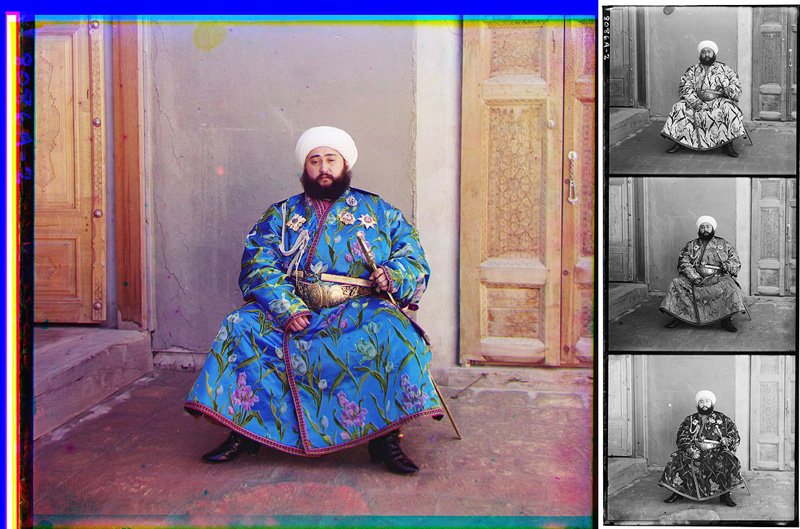
Photo of Alim Khan, emir of Bukhara, 1911 (c) Sergy Prokudin-Gorsky On the right are photographs taken using blue, green and red filters.
Once the 3 images were captured; they could be projected through filters of the same colour and laid over each other to create a colour image.
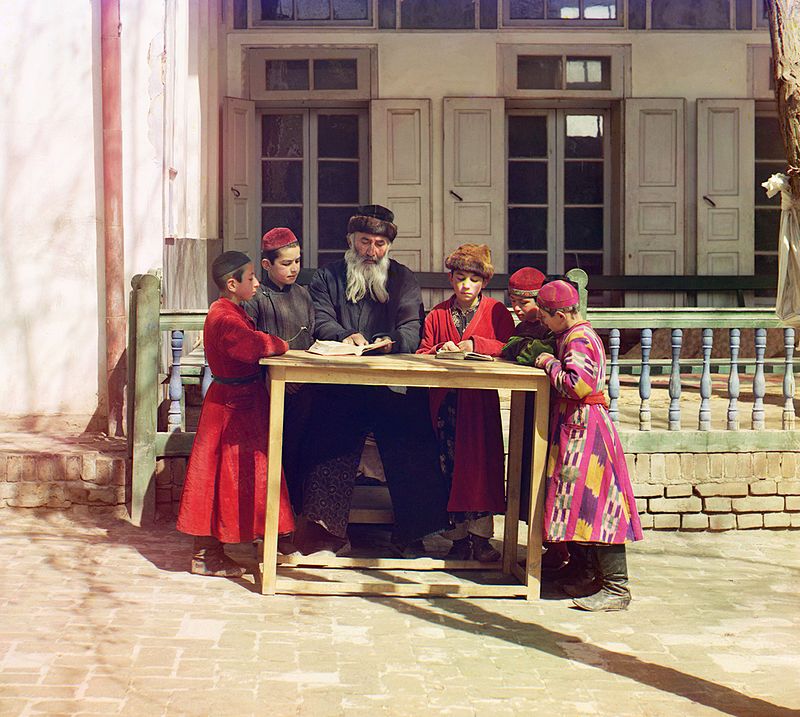
Samarkand (c) Sergey Prokudin-Gorsky as part of his work to document the Russian Empire between 1909 and 1915
The technique opened a new world of photographic options, allowing photographers to use a new dimension to tell their story; colour. But the process was not without its drawbacks.
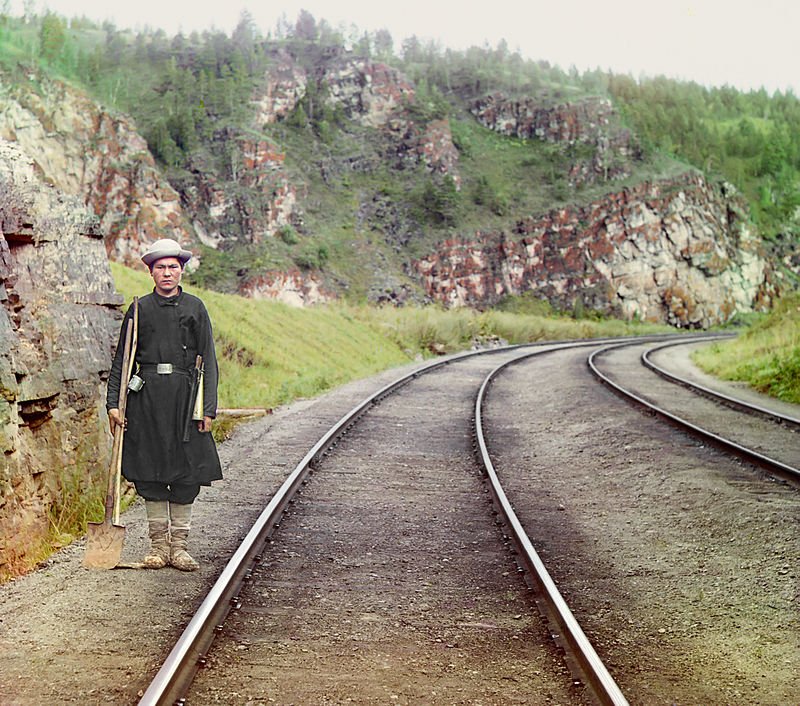
Bashkir switchman, 1910 (c) Sergey Prokudin-Gorsky as part of the work to document Russian Empire
Early practitioners were forced to change the lens filter between each shot, meaning the subject needed to be still throughout the entire process, or the final image would be blurred. This was fine for static subjects, but proved troublesome when making portrait images.
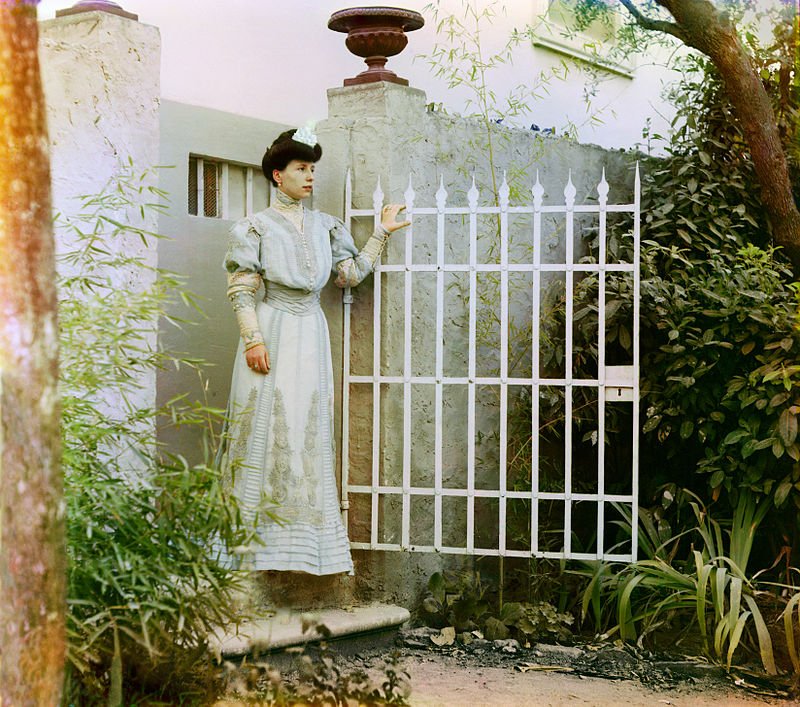
Italian woman (c) Sergey Prokudin-Gorsky
Some photographers soon began to make cameras specifically to take colour images, and the most popular contained a device to rotate the filters within the camera itself.
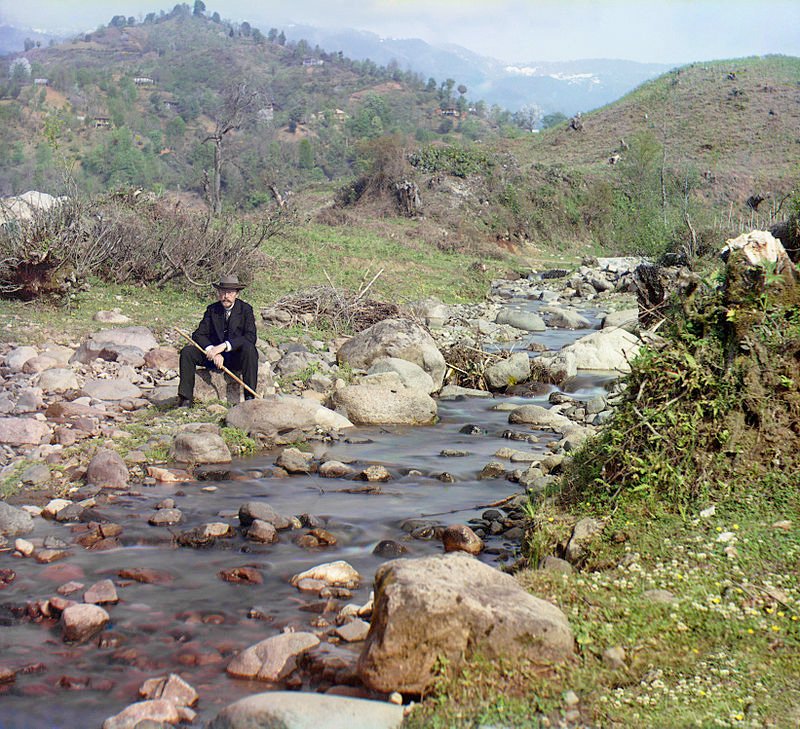
Self-portrait of Sergey Prokudin-Gorsky
With this new photographic method and technology; Prokudin-Gorsky set about to document the entire Russian Empire. His goal was to use these colour images to educate Russian children on the cultural diversity and modernisation of the Empire.
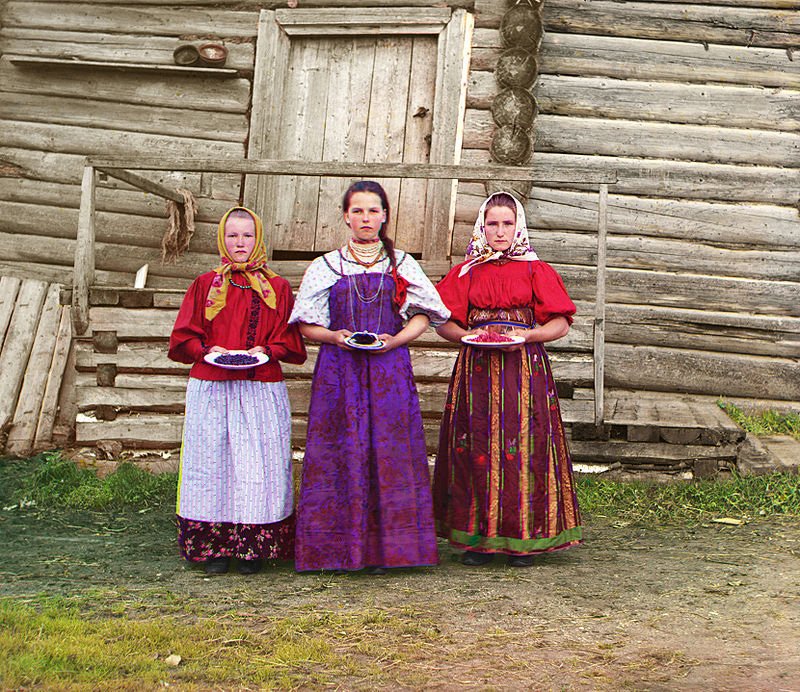
Young Russian peasant women (c) Sergey Prokudin-Gorsky as part of the work to document Russian Empire between 1909-1915
He travelled the Empire in a specially made darkroom within a train car that had been given to him by Tsar Nicholas II, and was given permits that granted him unparalleled access to restricted areas of the Empire.
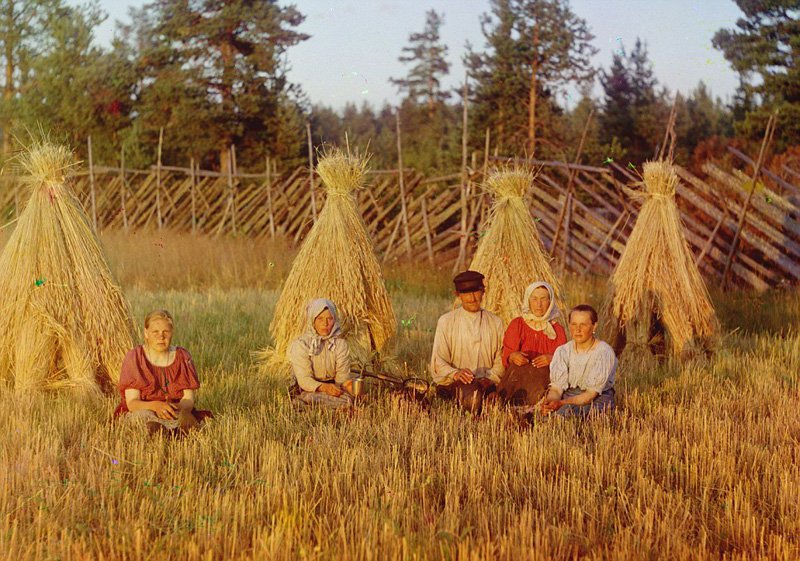
Rural area in Russia (c) Sergey Prokudin-Gorsky 1909-1915
For six years, Prokudin-Gorsky used his colour images to educate people on the Empire, and his images, particularly those of Empire leading up to the First World War, brought colour photography to the eyes of people the world over.
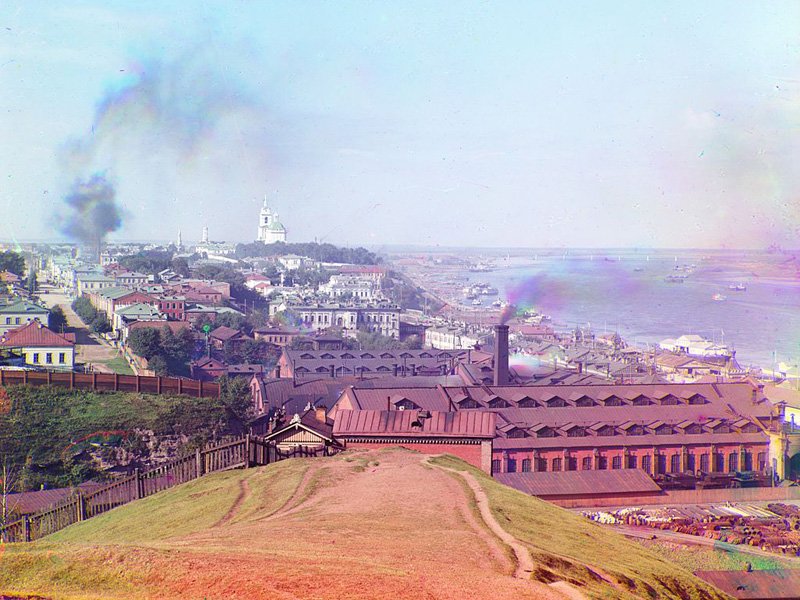
City of Perm, Russia, 1910 (c) Sergey Prokudin-Gorsky
This new method of photography showed the world a new way of capturing images, one that showed them a more true to life version of events and people from across the world.
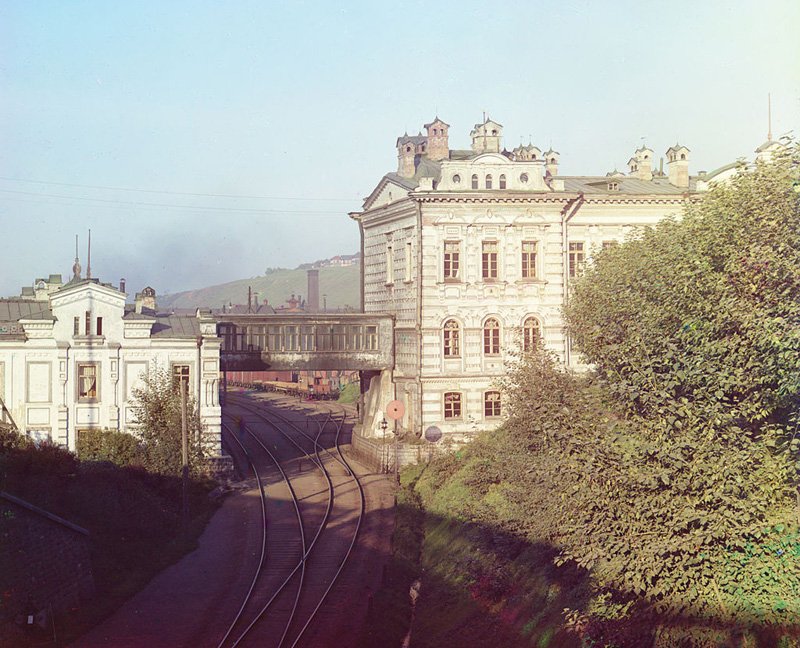
City of Perm, Russia, 1910 (c) Sergey Prokudin-Gorsky
When Prokudin-Gorsky left Russia, almost half of his 3500 collection of negatives was confiscated on the grounds of containing sensitive material. The remaining images were purchased from his heirs by the United States Library of Congress in 1948; and have given people a unique glimpse into such a secretive part of the world for generations.
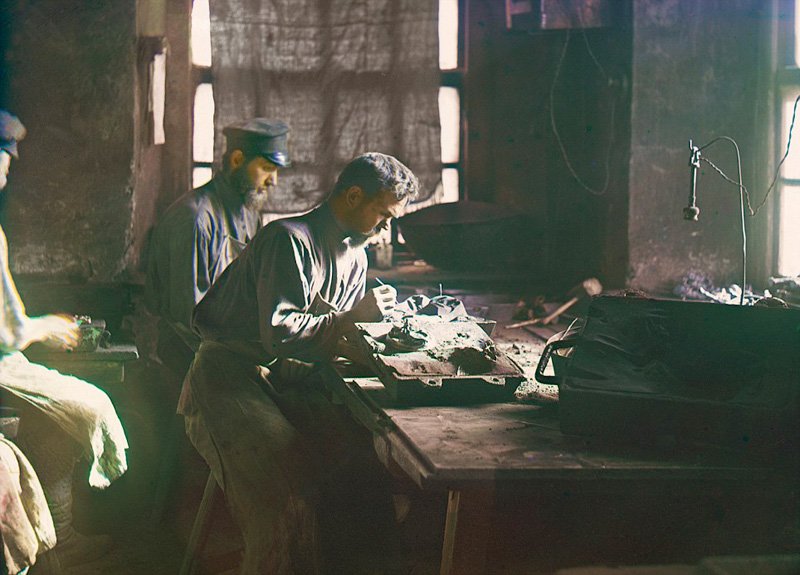
Kasli Iron Works, 1910 from the album Views in the Ural Mountains, Russian Empire (c) Sergey Prokudin-Gorsky
There’s no doubt that without Prokudin-Gorsky’s images, and the notoriety they attained, that colour photography would not have advanced as quickly as it did, if at all.
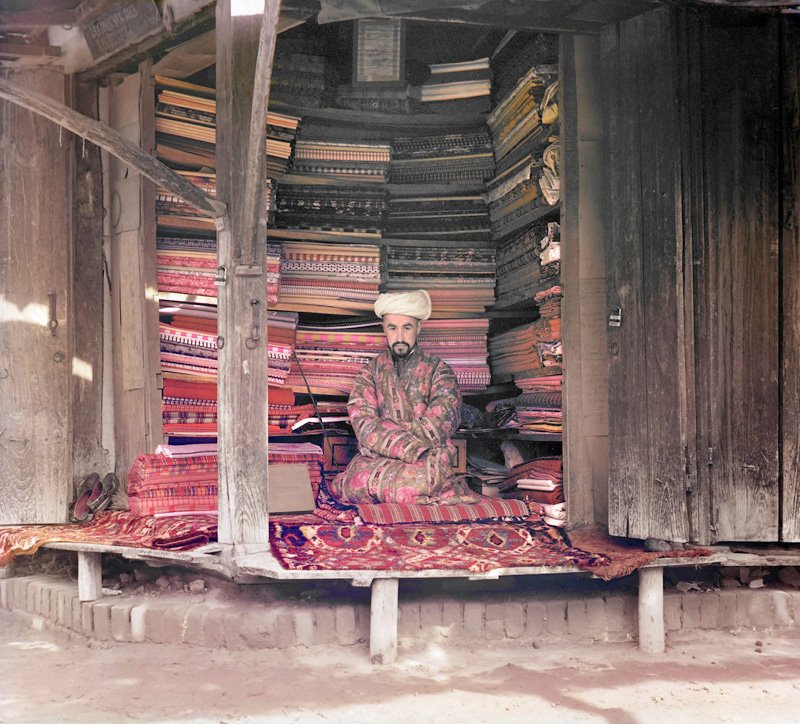
Fabric Merchant, Samarkand, 1905-1915 (c) Sergey Prokudin-Gorsky
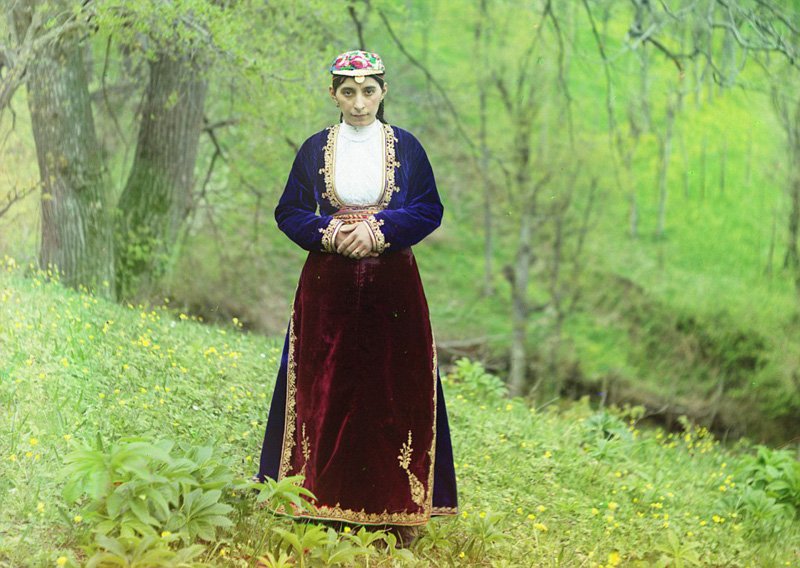
An Armenian woman, 1905-1915 (c) Sergey Prokudin-Gorsky
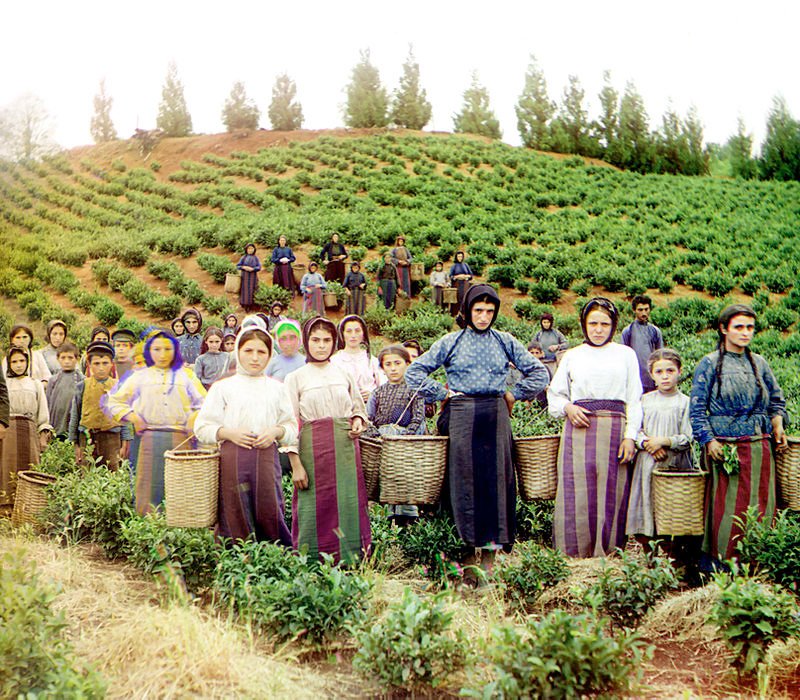
Greek women and children, Georgia (c) Sergey Prokudin-Gorsky
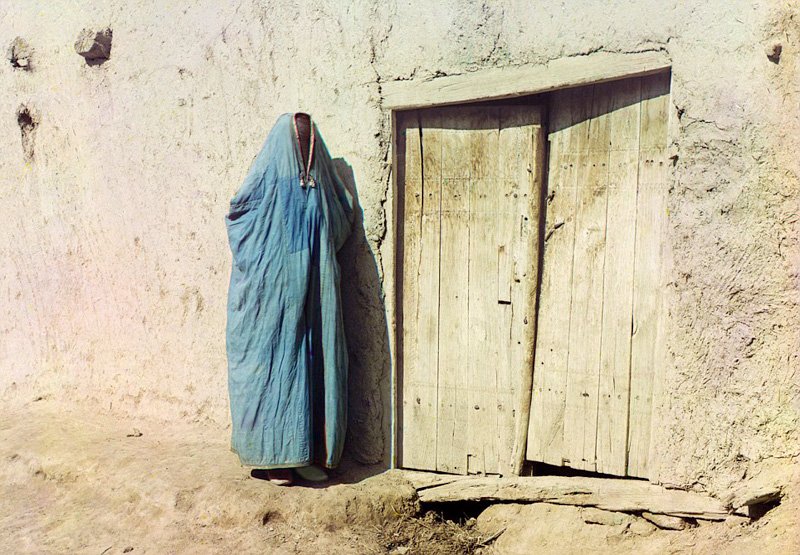
Sart woman in Samarkand, Uzbekistan (c) Sergey Prokudin-Gorsky
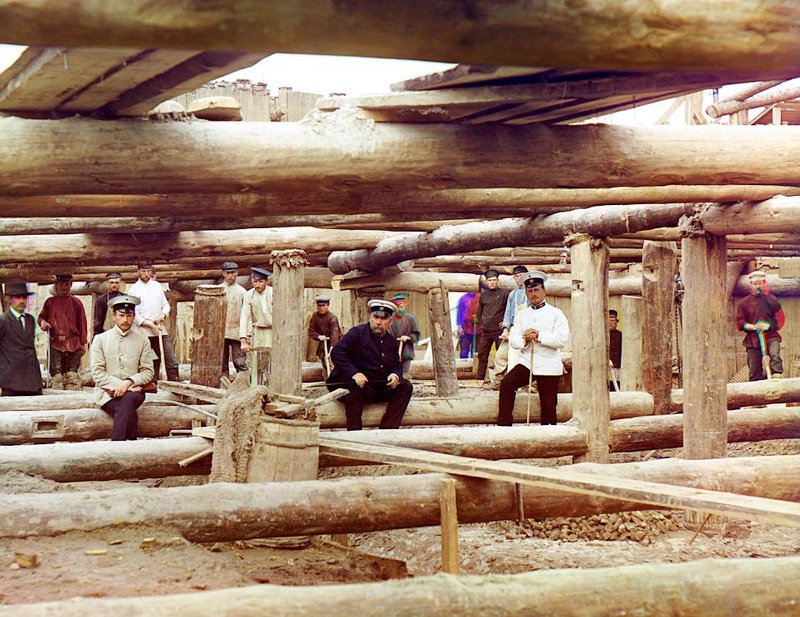
Workers and supervisers, Oka river, Russia, 1912 (c) Sergey Prokudin-Gorsky
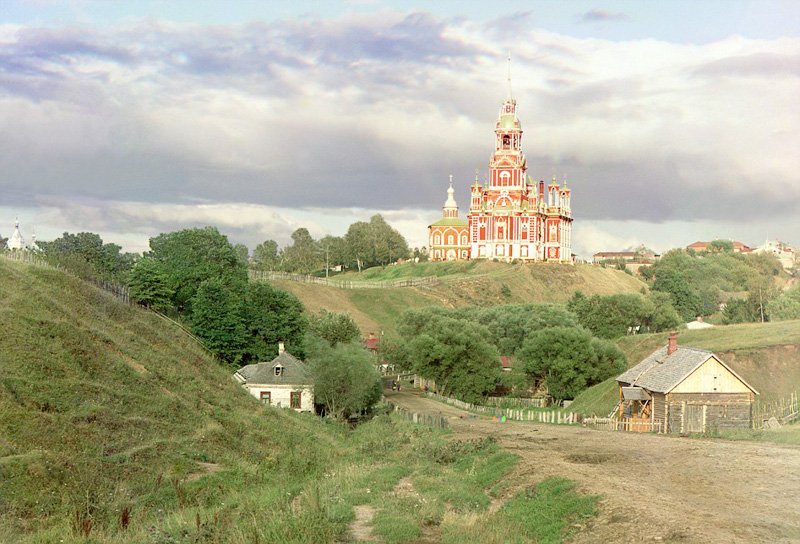
Russian church, Mozhaisk, 1911 (c) Sergey Prokudin-Gorsky
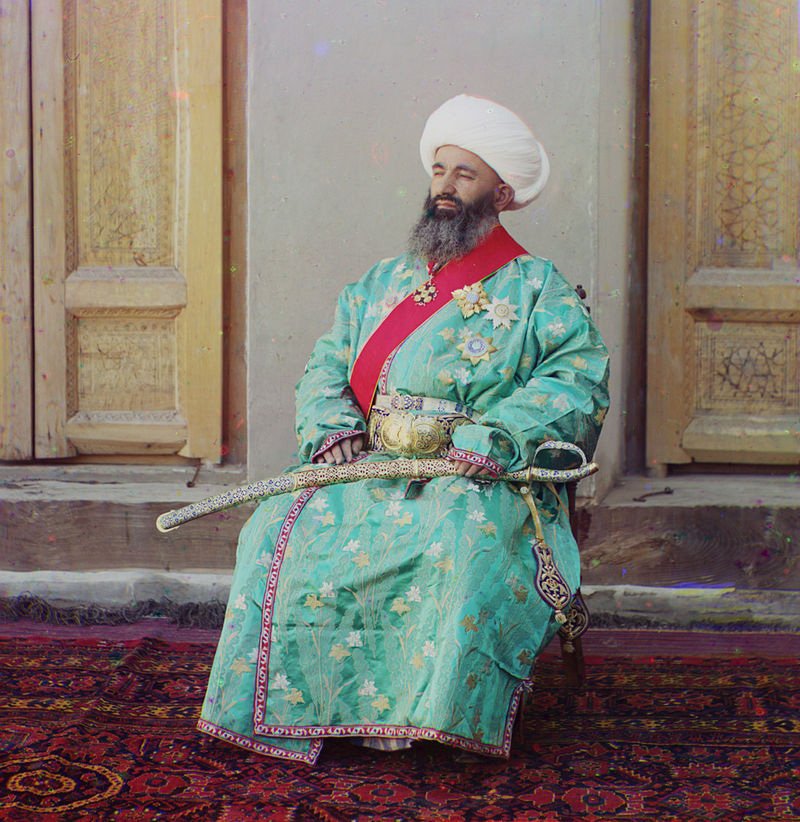
Minister of Interior, Bukhara (c) Sergey Prokudin-Gorsky
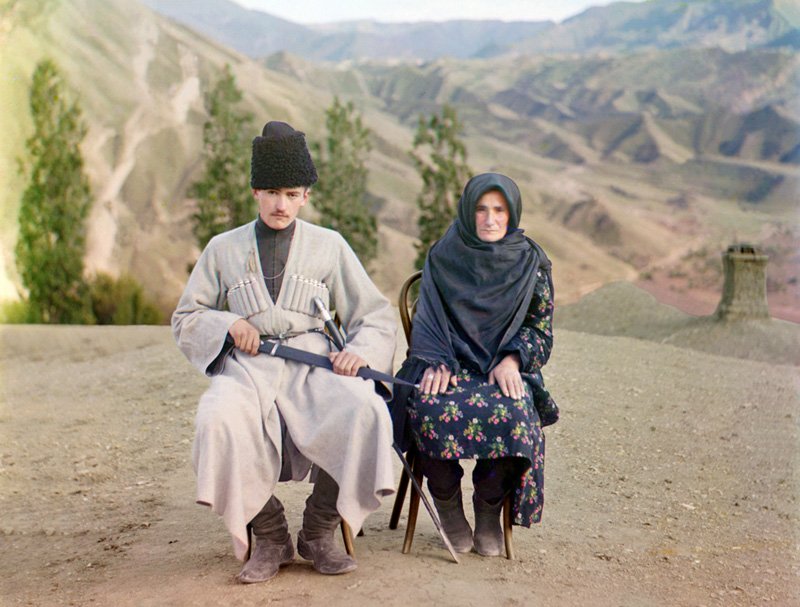

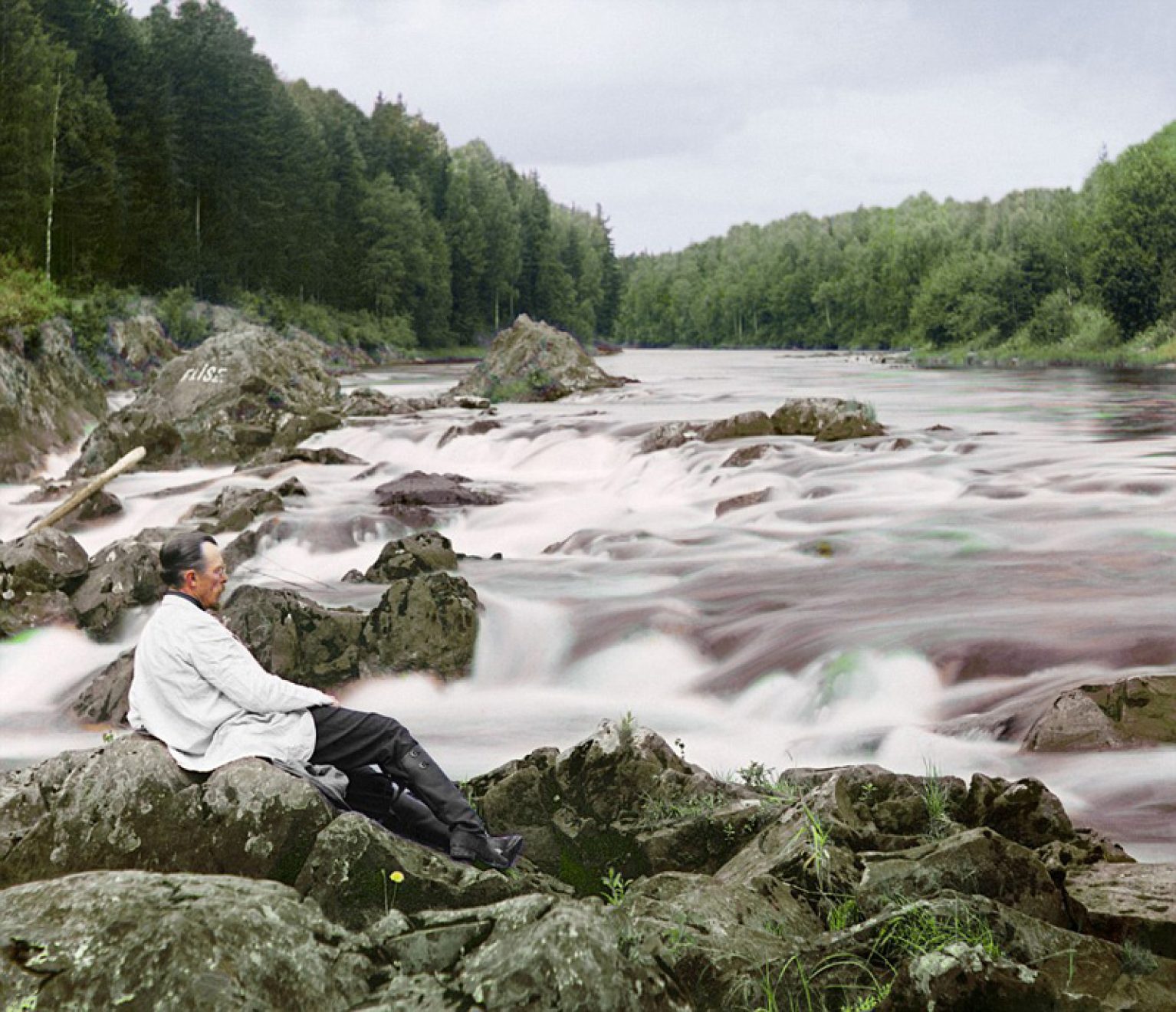


Leave A Comment